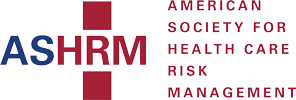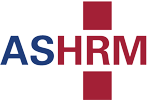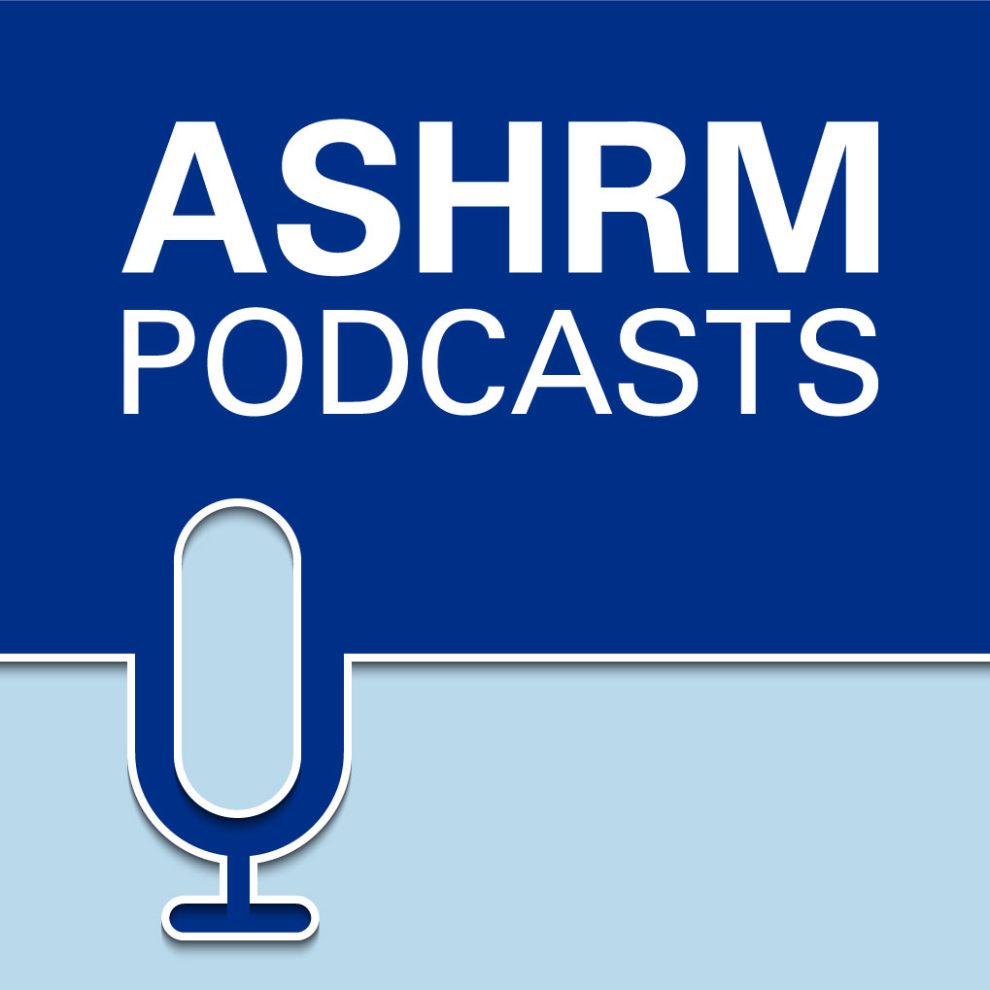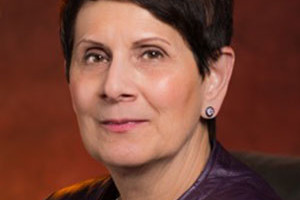Care delivery in rural hospital settings faces several unique and pressing issues, primarily due to resource constraints, geographic isolation, and workforce challenges in these regions.
One significant milestone was the initiation of the prospective payment system (PPS), which was established by Medicare and Medicaid as a result of the Social Security Amendment Act of 1983.
In a recent ASHRM podcast, Toni Inserra, administrator at South Lyon Medical Center, shared important information about PPS, why it specifically impacted rural hospitals, and how her medical center found ways to overcome various barriers.
What impact did PPS have?
The PPS introduced a fixed payment system where hospitals are paid a set amount for each patient encounter, based on the diagnosis-related group (DRG) classification, regardless of the actual services provided. This system shifted financial risk from Medicare to the hospitals, compelling them to manage their resources more efficiently in order to avoid financial losses. As a result, hospitals needed to control costs while ensuring quality care to remain financially viable. However, some struggled to manage the transition and were forced to close.
According to Inserra, the biggest benefit of PPS has been for the insurance providers: it allows Medicare and Medicaid to estimate the amount of reimbursement for every service line and admission.
“If a patient was diagnosed with pneumonia, and they needed an admission, the DRG may say, ‘Okay, in the region you are located, we will provide a 3.8-day reimbursement.’ If the patient was well and was able to discharge home within three days, then hospitals would really make a 0.8 benefit. But, if the patient was sicker, they may stay for five days. It was a good tool for Medicare and Medicaid, but it really wasn’t a good tool for the smaller rural hospitals.”
Mitigating PPS with Critical Access Hospital (CAH) designation
In response to the challenges of PPS, and ultimately the closure of more than 400 rural hospitals, Congress created the critical access hospital (CAH) designation to the Balanced Budget Act of 1997. The program directly aimed to maintain small rural hospitals that serve residents who would otherwise have to travel a long distance for health care. Inserra’s own South Lyon Medical Center is one of those designated hospitals.
“The designation changed reimbursement from the DRG model to cost-based. So, each facility now is required to complete a detailed cost report annually, and then Medicare trues it up,” notes Inserra.
To qualify for CAH status, facilities must meet certain criteria:
- Location. The hospital must be located in a rural area, typically defined by federal standards. It must be more than 35 miles from another hospital (or 15 miles in areas with mountainous terrain or only secondary roads).
- Bed capacity. CAHs are limited to a maximum of 25 inpatient beds, which can be used for acute care or as swing beds that can serve as either acute care or skilled nursing facility care as needed.
- Length of stay. The average length of stay for acute care patients must not exceed 96 hours on an annual average basis. This criterion is meant to ensure that CAHs primarily provide care for conditions that require short-term treatment.
- Emergency services. CAHs are required to provide 24-hour emergency care services, ensuring residents of rural areas have access to critical care around the clock.
Navigating staffing shortages
It’s incredibly important to Inserra that South Lyon Medical Center remains CAH designated, so she and her colleagues work diligently to ensure the facility is meeting all of the requirements set forth. Yet, doing so can be difficult at times. For example, one of the most significant obstacles is staffing—particularly when it comes to nurses.
“As the shortage became more complicated during the pandemic, we now rely more on traveling nurses at a cost of three times what we would normally pay. That has had a dramatic effect on my annual budget, which is almost three-quarters of a million dollars just for nursing,” she shares.
Part of the staffing challenges at rural hospitals have been due to their location. While rural settings are often beautifully scenic with plenty of outdoor activities (hiking, fishing, boating, etc.), some health care professionals and their families aren’t keen on living in a rural community.
Another staffing issue relates to the desire to work in an area of specialty—rather than the more generalized “family practice.” Inserra says this is often true among younger recruits. Because rural hospitals may not offer the full range of specialties, young professionals may seek out larger facilities with wider scope.
Despite all of these concerns, Inserra knows South Lyon Medical Center and its staff are providing an invaluable service—no matter their size or the size of their community.
“A lot of times, people label us a ‘Band-Aid station,’ and I wear it proudly. We’re able to stop the damage from a heart attack and get a patient transferred to a large area facility within 22 minutes. We can stop the devastating damage from a stroke. We can definitely stabilize a hip fracture and get that patient safely and relatively pain-free to a surgical center.”
Listen to the full interview below, and subscribe to the ASHRM podcast for more excellent insights.









